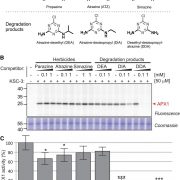
Triazine Probes for Ascorbate Peroxidases
Plant Physiology, Plant Physiology: On The InsideMolecules based on 1,3,5-triazine are rare in nature. Most 1,3,5-triazine compounds are anthropogenic and have only existed in the last 150 years. Because it is easy to synthesize, 1,3,5-triazine is often employed as a modular scaffold in industrial applications, including the synthesis of medicines,…

Recognizing Plant Physiology first authors: Shouyang Liu
Plant Physiology, Plant Physiology: Author ProfilesShouyang Liu, first author of Estimation of plant and canopy architectural traits using the D3P Digital Plant Phenotyping Platform
Current Position: Post-doc, French National Institute of Agricultural Research (INRA)
Education: Ph.D. in plant phenomics at INRA-CAPTE
Non-scientific Interests:…
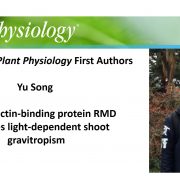
Recognizing Plant Physiology first authors: Yu Song
Plant Physiology, Plant Physiology: Author ProfilesYu Song, first author of The rice actin-binding protein RMD regulates light-dependent shoot gravitropism
Current Position: PhD candidate, School of Life Sciences and Biotechnology, Shanghai Jiao Tong University
Education: 2013/09-to now, PhD candidate, Shanghai Jiao Tong University; 2010/09-2013/06,…
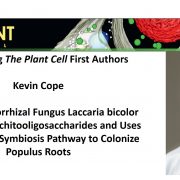
Recognizing Plant Cell first authors: Kevin Cope
The Plant Cell, The Plant Cell: Author ProfilesKevin Cope, first author of The Ectomycorrhizal Fungus Laccaria bicolor Produces Lipochitooligosaccharides and Uses the Common Symbiosis Pathway to Colonize Populus Roots
Current Position: Post-Doctoral Research Associate
Education: Ph.D. in Cellular & Molecular Biology
Non-scientific Interests:…
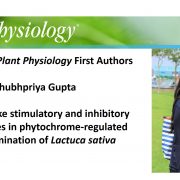
Recognizing Plant Physiology first authors: Shubhpriya Gupta
Plant Physiology, Plant Physiology: Author ProfilesShubhpriya Gupta, first author of Role of smoke stimulatory and inhibitory biomolecules in phytochrome-regulated seed germination of Lactuca sativa
Current Position: Post-Doctoral Researcher in the group of Prof. Johannes Van Staden, Research Centre for Plant Growth and Development, School of Life…

Review: Structural biology of cell surface receptor–ligand interactions (COPB)
Plant Science Research WeeklyIn recent months, a flurry of papers have come out that reveal new insights into the structural interactions of cell-surface receptors with each other and with their ligands. This timely review by Moussu and Santiago captures the highlights, in case you haven’t been following along. The review features…
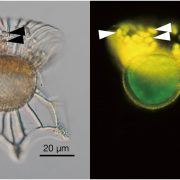
Single-cell genomics unveils an ectosymbiont cyanobacteria associated with a dinoflagellate host (PNAS)
Plant Science Research WeeklyCyanobacteria are important contributors to global carbon fixation. They can be free-living in many different environments, but also form close symbiotic associations with various eukaryotic organisms. Nakayama et al. have idea identified a new type of cyanobacteria that lives as an ectosymbiont in a…
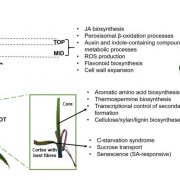
Transcriptomic and cell wall analysis of stinging nettle, an underutilized fibre crop (Plant Direct)
Plant Science Research WeeklyPlant fibres from crops such as flax and hemp have diverse uses from rope to clothing, and are increasingly being incorporated into eco-friendly biocomposite materials. These long, flexible, useful fibres, called “bast” fibres, are not derived from the xylem, but instead are derived from specialized…
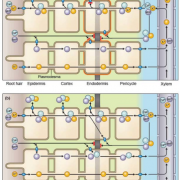
Manganese deficiency affects root endodermal suberization and ion homeostasis (Plant Physiol.)
Plant Science Research WeeklyManganese (Mn) is an essential plant nutrient necessary for multiple plant process such as photosynthesis. Mn deficiency has a significant impact on crop production particularly in cereals including barley (Hordeum vulgare L.). Chen et al. identified how Mn deficiency alters suberin deposition in the …

